How to Tell if Acne is Hormonal or Bacterial
At one point or another, the majority of us experience acne. It’s a common skin condition that affects people regardless of age and gender. And if you’ve ever dealt with acne, you know there are different causes and more than one type of acne. That’s why understanding which type of acne you have can help you find the proper treatments. Two distinct types of acne include hormonal and bacterial, so we’re walking you through how to tell whether acne is hormonal or bacterial.
To be sure, hormonal acne is a common skin condition—meaning that there isn’t anything “wrong” with you if you experience that. But if there’s something you’d like to do about it, you’ve come to the right place. Below, we get into the difference between hormonal and bacterial acne, explain what hormonal acne is, and share causes as well as treatments for the condition.
How to Tell if Acne Is Hormonal or Bacterial
Skincare experts outline several major differences between hormonal acne and bacterial acne. This is critical because understanding the causes (as well as what each type of acne looks like) helps determine whether it’s hormonal or bacterial acne.
The first major difference is the location of pimples. For example, skin and hair digital clinic Clinikally says that bacterial acne is typically found on “oily skin regions,” which include your T-zone (a.k.a. your forehead, nose, and chin). On the other hand, hormonal acne usually occurs on the lower areas of your face and along your jawline.
Another key distinction is when the acne occurs. Let’s say you notice that you get a pimple the week before or the week of your period—a time when your hormones are kind of haywire. In all likelihood, this acne is hormonal and caused by hormonal fluctuations or hormonal imbalances. This is especially true if you have polycystic ovary syndrome (PCOS). PCOS can cause hormonal acne—especially on the face, back, and chest. This happens because the condition causes sebaceous glands to produce more oil. In turn, this overproduction of oil leads to acne.
In our opinion as skincare aficionados, the best way to determine what kind of acne you’re dealing with is how your skin responds to the acne treatment you’re undergoing. If you’re opting for topical treatments, like a facewash or leave-on cream, bacterial acne will probably go away after a few days. Bacterial acne also reacts well to oral antibiotics. That said, it’s unlikely that hormonal acne will respond well to either of those treatment options.
What Is Hormonal Acne?
As its moniker hints, hormonal acne is any breakout that’s caused by a change in your hormone levels. In women, it’s typically associated with the menstrual cycle—but that doesn’t mean that only women can experience hormonal acne. In fact, anyone can—because everyone has hormones.
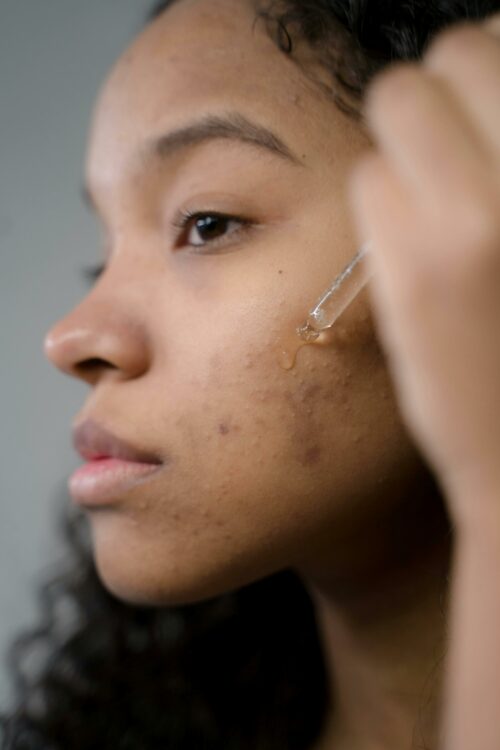
Cortisol, the stress hormone, is associated with acne because it can trigger an overproduction of sebum. Though your skin naturally produces sebum to keep itself moisturized, excess sebum tends to clog pores and cause the buildup of dead skin cells—which both lead to acne.
What Causes Hormonal Acne?
- An overproduction of sebum
- A spike in cortisol, the stress hormone
- Hormonal changes during one’s menstrual cycle
- Increased testosterone, like during puberty
- Birth control pills and other hormonal contraceptive methods
What Does Hormonal Acne Look Like?
If your acne is hormonal, it’ll appear as blackheads, whiteheads, or small pimples that are red and hurt to the touch. As we mentioned above, hormonal acne appears in lower areas of your face, like the cheeks and along your jawline. You may notice a spike in this type of acne around your period or when you’re particularly stressed out.
How To Treat Hormonal Acne
Take an oral contraceptive.
It’s true that sometimes birth control pills make your acne worse, but they’re also an effective treatment for hormonal acne because they help regulate your hormones. As a result, your sebum production tends to be more balanced.
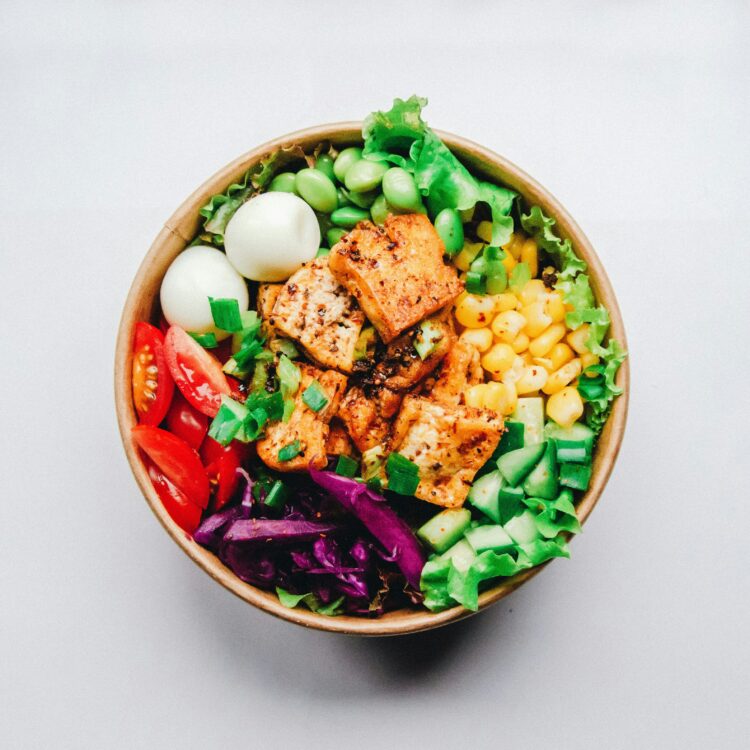
Make changes to your diet.
As much as it pains us to admit it, what you put into your body is just as important (if not more important) than what you put on top of your skin. Certain foods—like sugar, dairy, refined carbs, and red meats—affect your hormones. It’s advisable to limit these foods if you’re hoping to treat hormonal acne.
Try spironolactone.
One of our editors swears by spironolactone for hormonal acne. Spironolactone is a potassium-sparing diuretic that helps address this type of acne by reducing hormonal activity around the hair follicles and the glands that produce sebum.
Create (and stick to) a good skincare routine.
As people always say, consistency is key. This is as true as it could be when it comes to using your skincare routine to combat hormonal acne. You’ll also want to keep it simple, meaning stick to cleanser, moisturizer, and sunscreen. If you want to take your routine to the next level, consider adding to it the best vitamins for acne.
But what happens if you can tell that your acne isn’t hormonal but bacterial? Well, let’s answer that below.
What Is Bacterial Acne?
It’s important to note that board-certified dermatologists don’t classify bacterial acne as a medical type of acne. After all, your skin needs a certain amount of bacteria in order to stay healthy. Colloquially, though, people refer to it as such because they think these pimples come about due to different acne-causing bacteria. That’s not necessarily true.
What Causes Bacterial Acne?
- Bacterium Propionibacterium acnes
- Dead skill cells
What Does Bacterial Acne Look Like?
Clinikally reports that bacterial acne typically takes the form of an inflamed pore. More specifically, you’ll notice a red and tender cyst. You may also notice pustules (which kind of look like white heads with the surrounding area being red) or straight-up pimples. Again, you’ll usually find these on your forehead, nose, and chin.
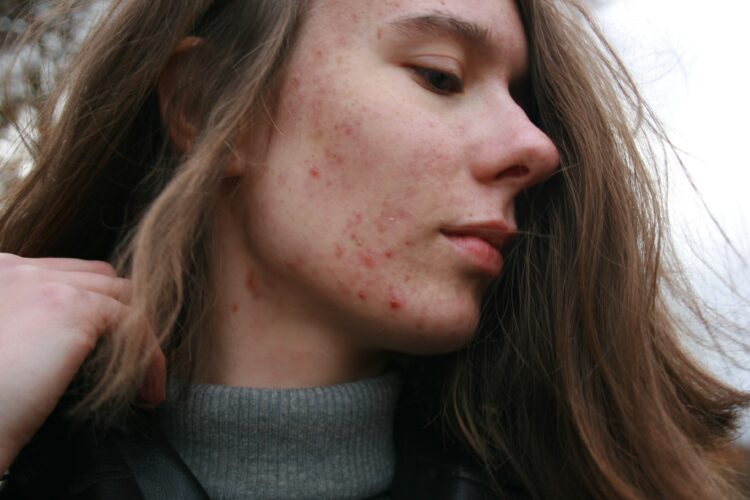
How To Treat Bacterial Acne
Apply benzoyl peroxide or salicylic acid directly on acne.
As you may recall, you can’t really use a simple topical to treat hormonal acne. With bacterial acne, though, topical treatments are usually atop your list. The best ones? Salicylic acid and benzoyl peroxide. The former breaks down dead skin cells to unclog pores, and the latter helps to dry out a zit. Benzoyl peroxide even kills the bad bacteria on your skin. Additionally, it’ll remove buildup in your pores—which is exactly what you want when you’re battling acne.
Try a retinoid.
Simply put, a retinoid is vitamin A-based product. They help treat bacterial acne because they help renew the surface of the skin. Like benzoyl peroxide, they’re also useful in removing buildup from your pores and kill bacteria that may lead to acne. What’s more is that they’ll also prevent the overproduction of oil and sebum.
There are tons of retinoids on the market, but you need a prescription for the strongest ones. Luckily, you can get great over-the-counter options—like Differin. It’s widely available, affordable, and rated 4.5 stars on Amazon by more than 77,000 people.
Ask your dermatologist for antibiotics.
We know not everyone has access to a dermatologist. The good news here is that not everyone will need an antibiotic to treat their bacterial acne. But if you’ve tried everything and nothing’s worked, getting a prescription may very well heal your acne from the inside out.
Give home therapies a go.
We put this one last on the list because home remedies don’t work for everyone, and sometimes they cause more harm than good. That said, some people want to try every possible remedy before going to a dermatologist. If you’re one of those brave souls, consider tea tree oil and apple cider vinegar. These kitchen pantry items are both antibacterial and may help clear up your face.
Now that you know how to tell if acne is hormonal or bacterial, you’ll be able to treat flare-ups accordingly.
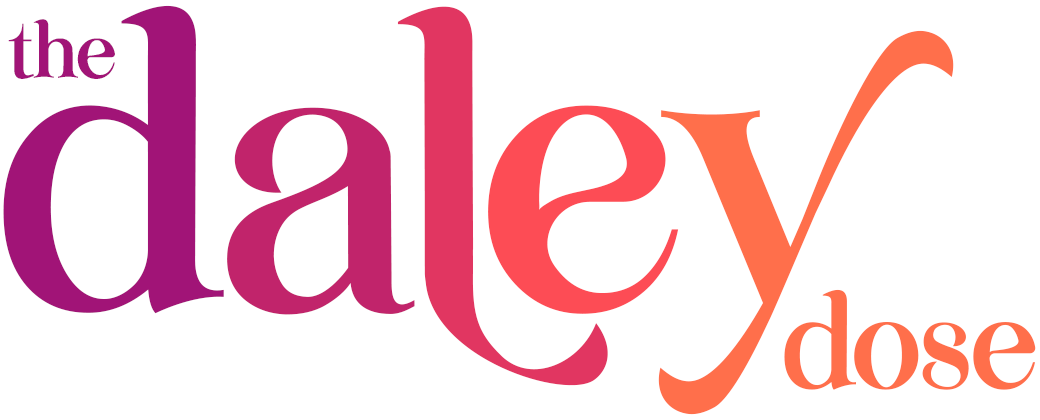

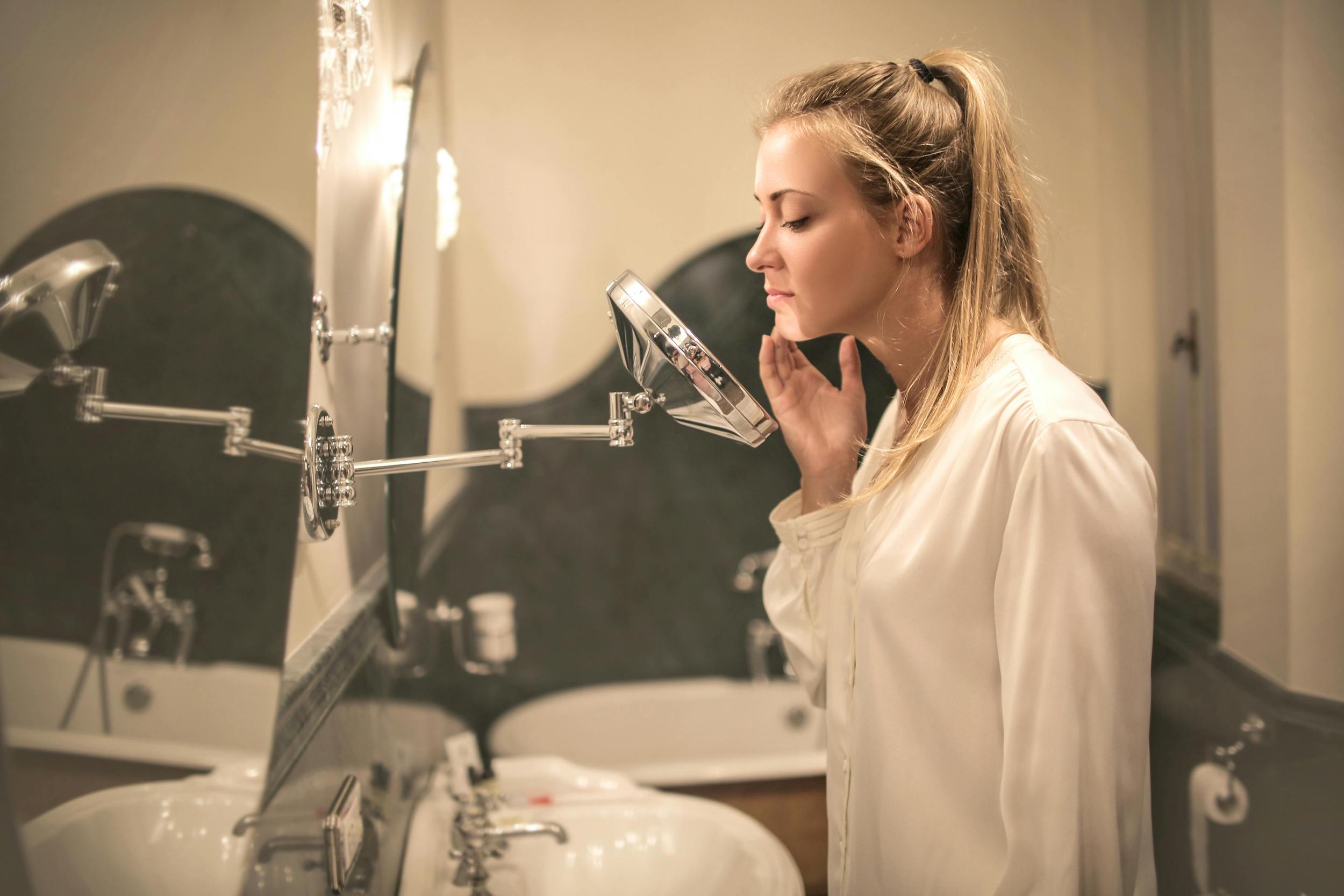
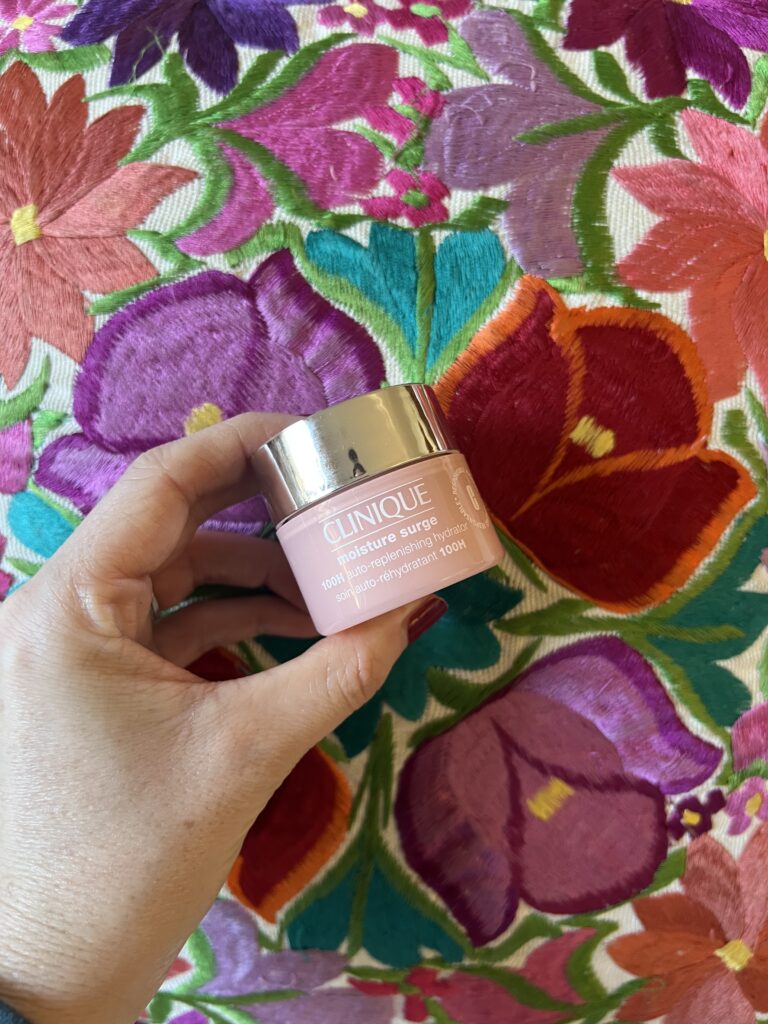
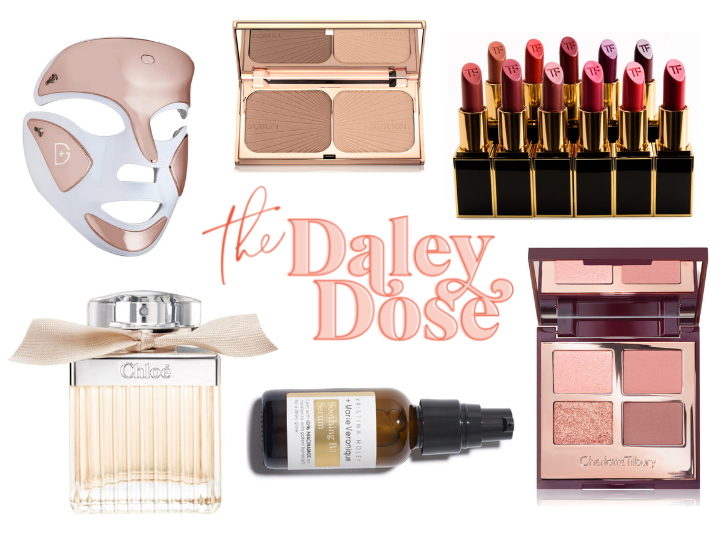
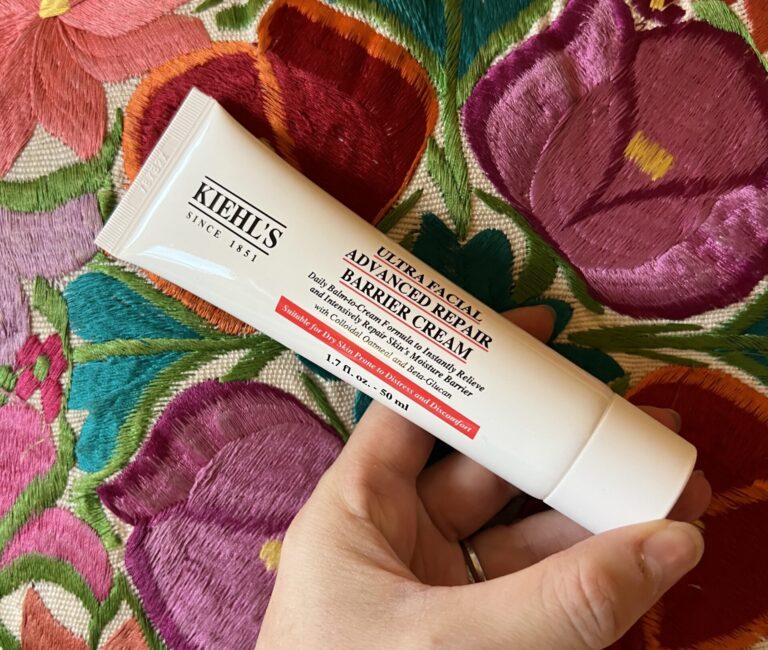
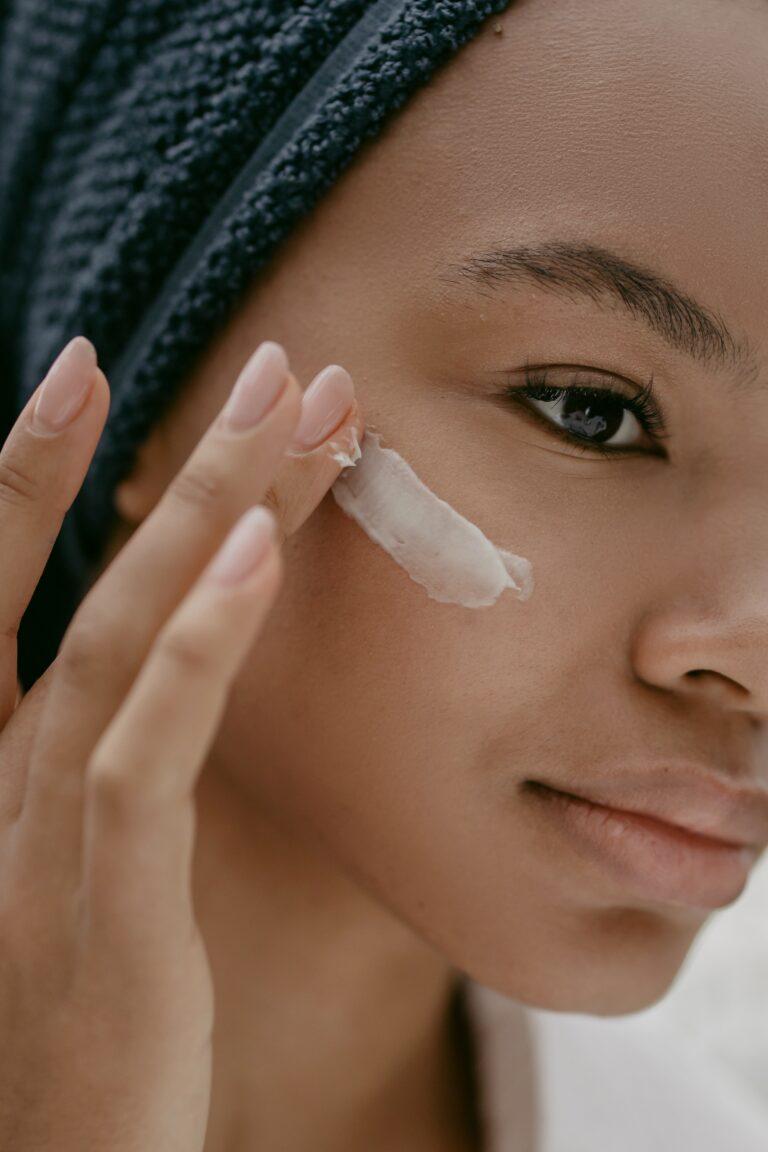
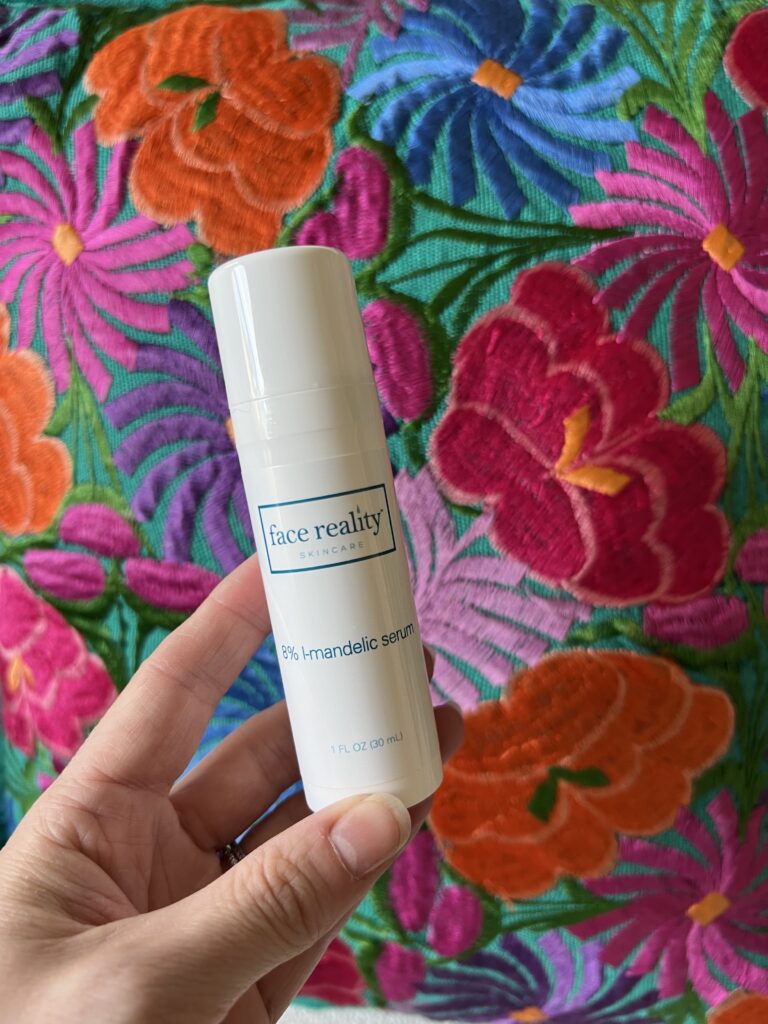

nice post shared.